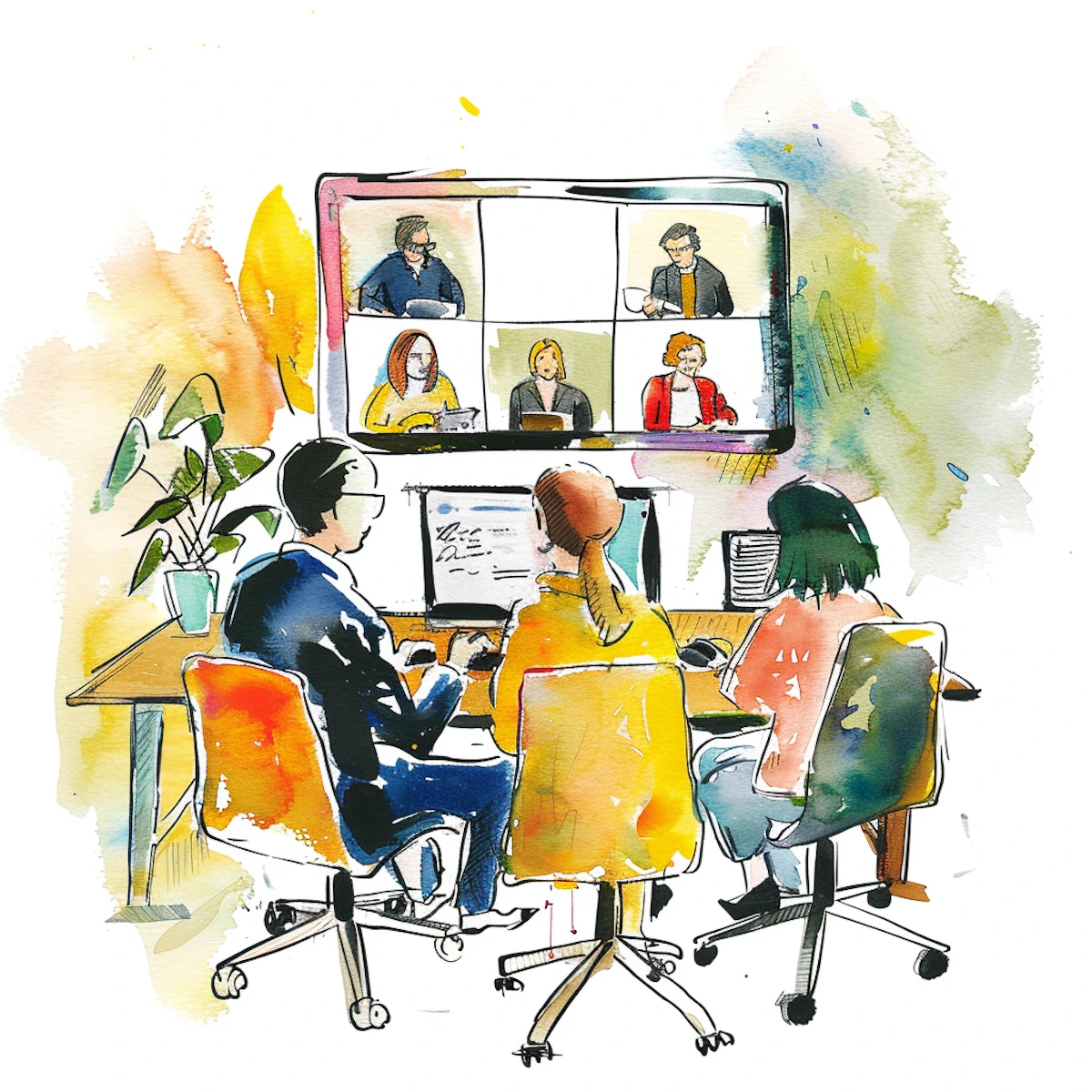Why Top-Down Solutions Often Fail and What to Do Instead
Author:
Alp Erguney
Updated:
September 27, 2025

Giving teams solutions yields problems. Giving them problems is what leads to solutions.
It may sound controversial, but that's what collective problem-solving is, and it's powerful.
The Problem With “Collaboration” From the Top
In many companies, senior leaders talk a lot about collaboration. But what they often do instead is hand down detailed orders.
They tell teams exactly what to do and how to do it, then expect accountability for the results. The problem? You get a group of people working like hired guns:
- No real connection to the outcome
- No personal stake in its success
- No motivation beyond “because the boss said so”
This isn’t collaboration, it’s control. And control rarely inspires creativity, ownership, or innovation.
The Leadership Shift: Context Over Control
Great leaders take a different approach. Instead of pushing solutions, they push context and purpose down the chain.
They explain the “why” behind the challenge and give teams the space to figure out the “how.”
When people understand the bigger picture, they feel ownership of the outcome. That’s when teams:
- Solve problems in creative, effective ways
- Align their decisions with the organisation’s goals
- Take responsibility for results
Key Takeaway
If you want solutions that stick, don’t hand down step-by-step orders. Hand down the problem, the purpose, and the context. Trust your teams to shape the best path forward.
Because when you give people the “why” instead of just the “what,” you don’t just get compliance, you get commitment.



